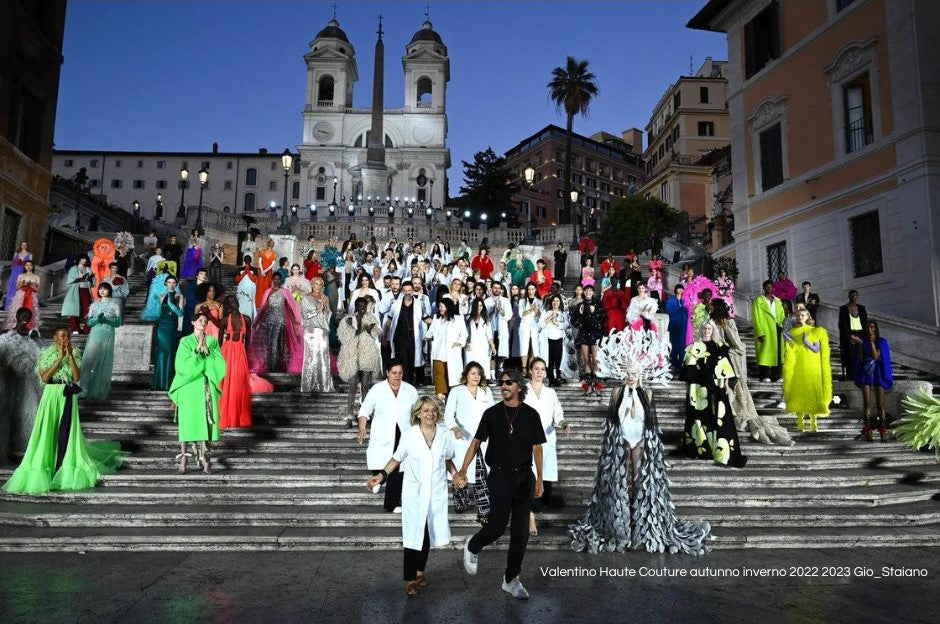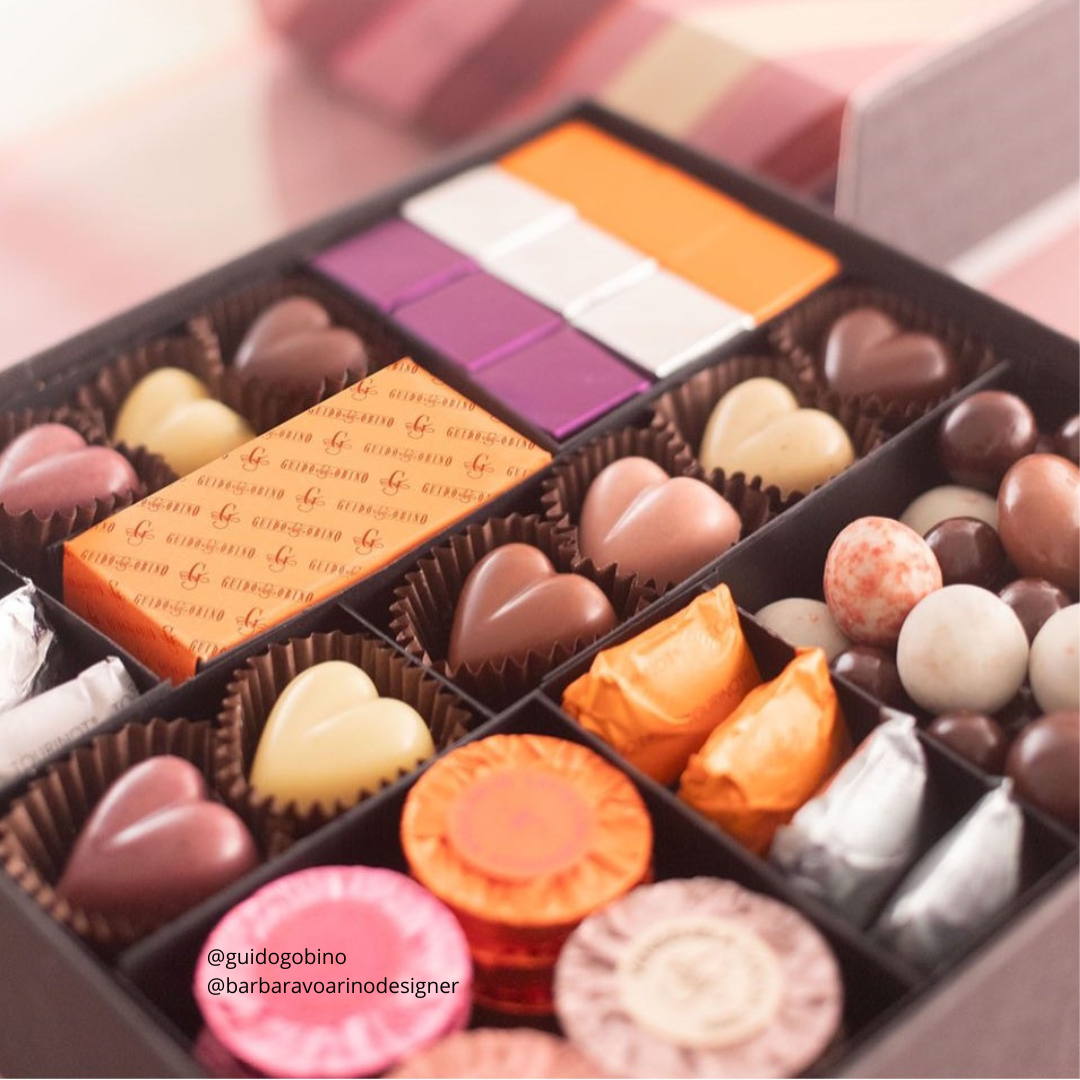
Haute Couture: When clothes become priceless works of art
In addition to the 'traditional' fashion weeks that take place in Paris, Milan, London and NYC, 'haute couture' shows are also held throughout the year, which are very different from the prêt à porter shows.
By literally translating the two words haute (high) and couture (sewing), one understands how haute couture refers to a quality and luxury that reaches very high levels.
Haute couture garments are very exclusive, so much so that they can only be purchased by an incredibly restricted audience and are very luxurious, precisely because they require countless hours of work (up to eight hundred), experienced and specialised tailors and precious materials to make them. The seamstresses working for haute couture are called 'les petites mains' or small hands precisely because they sew everything by hand, and they usually remain loyal to the same designer by working for them for many years.
The haute couture garments are tailor made for the customers and this very characteristic differentiates haute couture from prêt à porter, as well as the price, of course.
Haute couture is considered to be the origin of fashion. The first couturier, or haute couture designer, was the Englishman Charles Frederick Worth, who initially made clothes for his wife. In 1857, he opened his atelier in Paris and was the first to present a new collection every season.
He continued his work in Paris in 1858 at the court of Napoleon III, creating dresses for his wife Eugenia de Montijo. Women of the French bourgeoisie at the time went to the designers' ateliers to have exclusive made-to-measure dresses that no other woman could have.
This concept of extreme uniqueness and exclusivity of the haute couture dress has remained to this day.
Initially, the designers presented the dresses in their ateliers by having them put on dolls. Later on, couturiers such as Paul Poiret, Coco Chanel and Cristobal Balenciaga started to organise small fashion shows in their ateliers, this time with real models, the so-called 'mannequins', attended by wealthy women and journalists.
What also makes haute couture so exclusive is the fact that not every brand can have a haute couture line; to have one, several specific criteria must be met. There are four basic ones and they have been outlined by the French Ministry of Industry and the Fédération Française de la Couture. According to these rules, a brand that wants to have a line recognised as haute couture must make made-to-measure clothes for customers, have a workshop in Paris with at least 15 full-time employees and 20 technical staff.
Two collections are presented each year (in January and June) in Paris and each collection must consist of around 35 to 50 unique models.
Although haute couture dresses cost a lot of money, they do not invoice the fashion houses much, just 1 percent of the value of a single dress. Fashion houses use their haute couture lines mainly to increase their prestige and indirectly increase the sales of their ready-to-wear lines.
At that time, there were about 20,000 haute couture customers worldwide and even today, the people who can actually afford and buy haute couture remain only 0.001% of the world's population and come mainly from Russia, China and the Middle East.



